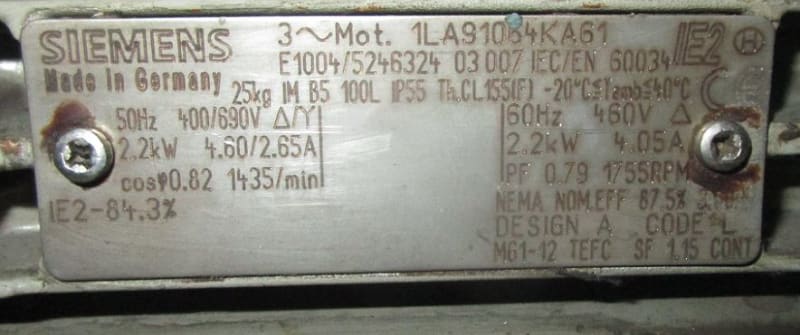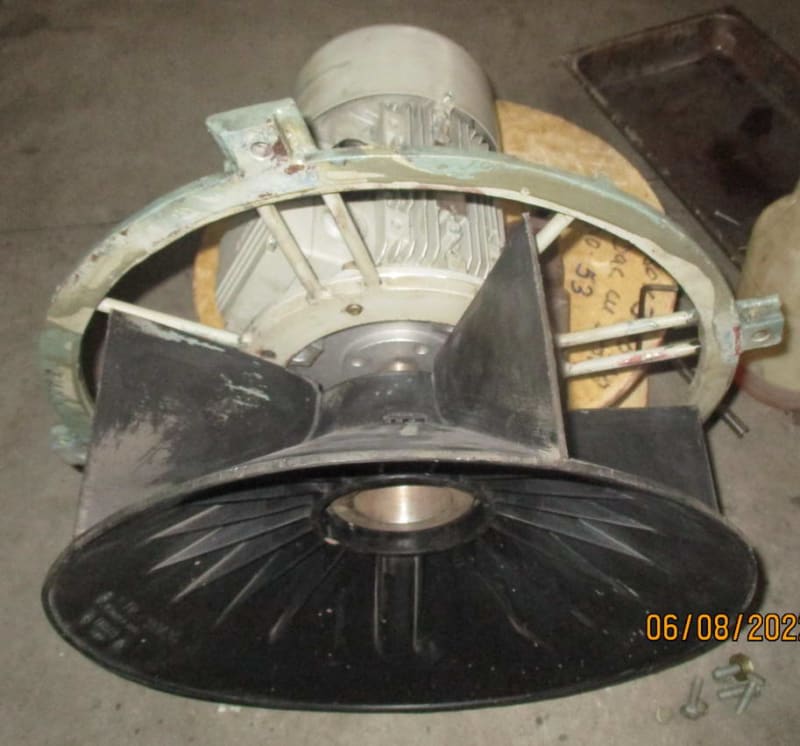

Don't the fan affinity laws for centrifugal fans say that power is proportional to cube of the speed?
Muthu
Follow along with the video below to see how to install our site as a web app on your home screen.
Note: This feature may not be available in some browsers.


